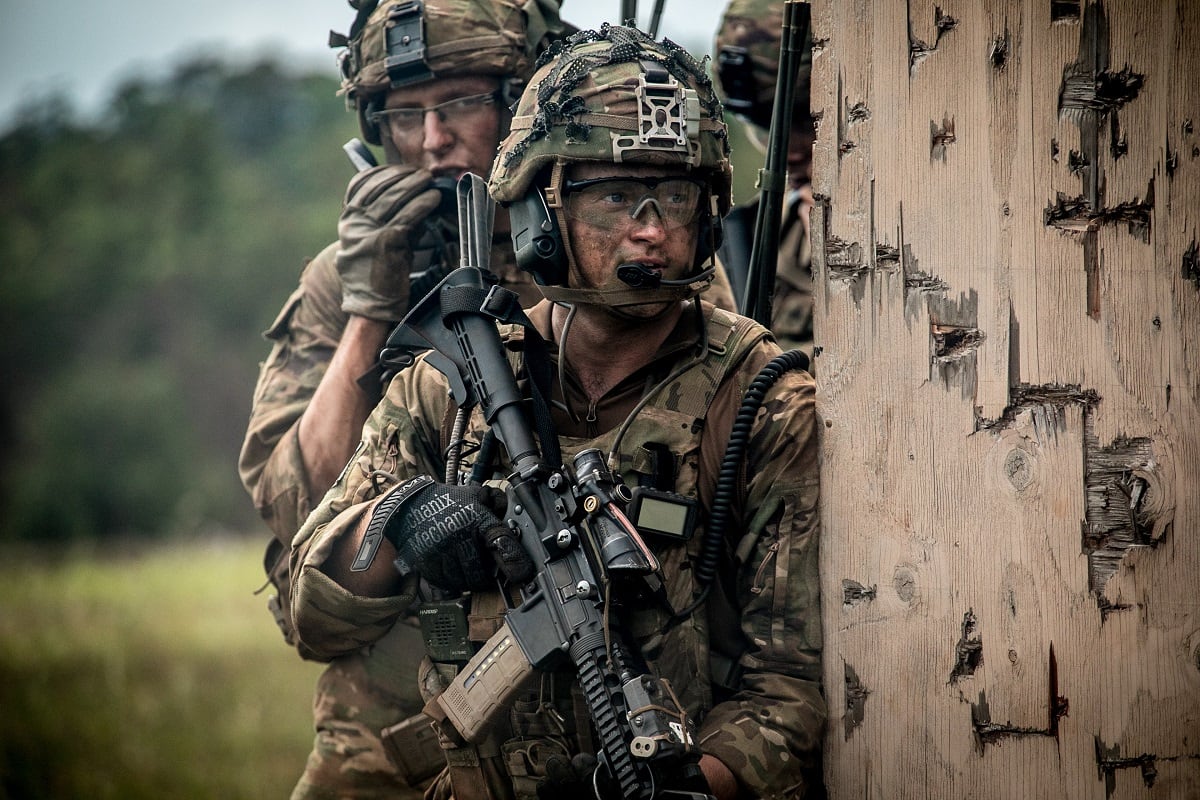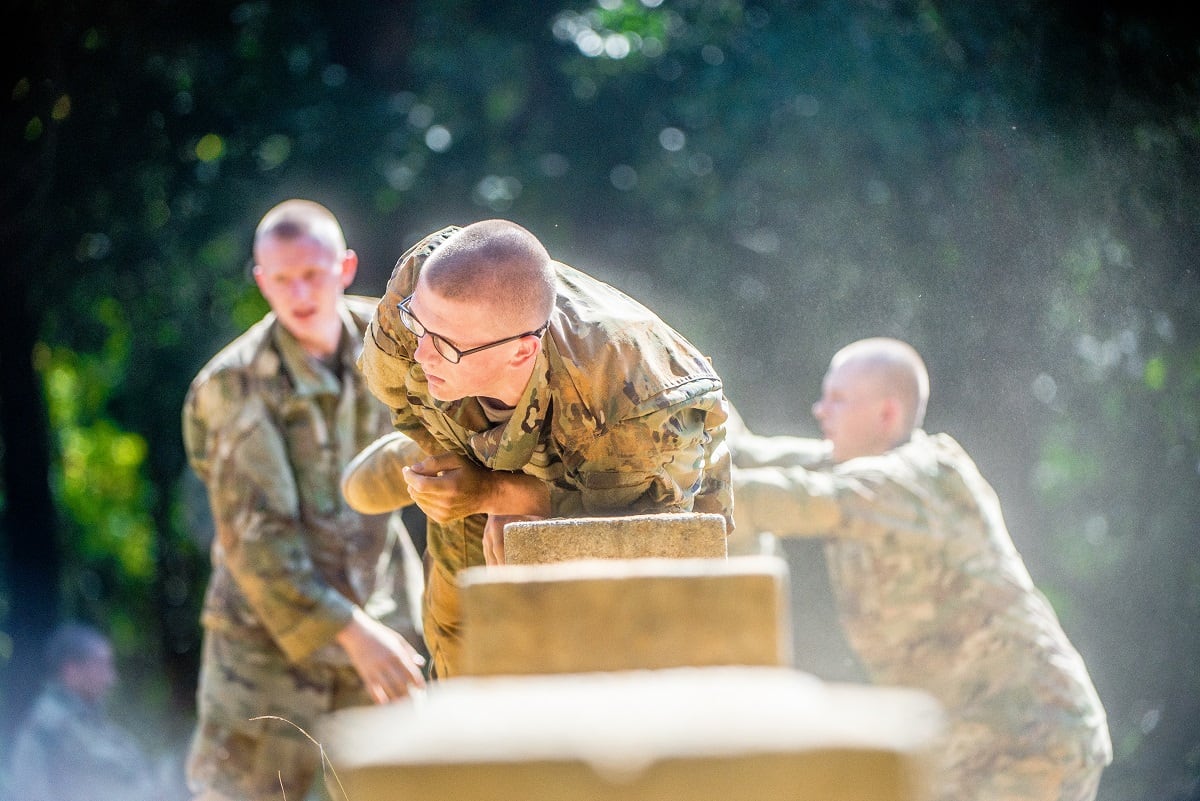Ready or not, new soldiers entering the Army will face “transformational” training in the combat arms.
The Maneuver Center of Excellence started a pilot program with two infantry companies this past summer, extending their one-station unit training to 22 weeks. The soldiers are scheduled to graduate in December.
Those new soldiers will give the Army a gauge for how to improve the development of an infantryman so that when he or she reaches their first unit, they can be combat ready in the formation from day one.
But infantry soldiers aren’t the only ones who get to have all the fun.
Starting next year, a similar pilot will begin for both armor and engineer soldiers and spread to the rest of combat arms in the years to come, said Maj. Gen. Gary Brito, commander of the Maneuver Center of Excellence.
The recent pilot started with two companies of 200 soldiers-in-training each. They’ve already seen an increased focus on nutrition and exercise to keep students healthy during the now 22-week training cycle.
The new one-station unit training pilot extends training by eight weeks.
Sergeant Major of the Army Dan Dailey told Army Times in June that with all of the soldiering lessons taught in basic training, building in the extra time would ensure that the Army can “make a better product.”
RELATED

It includes more weapons training as a priority. Also, extended field training exercises with a focus on improving land navigation and combat lifesaving skills, Dailey said.
Drill, ceremony, physical training and combatives will also increase, he said.
For more coverage from the AUSA annual meeting, click here.
Brito said at an Association of the U.S. Army talk in September that there hadn’t been major changes to most ground combat initial training in about 25 years — and infantry training has remained nearly unchanged in more than 40 years.
The pilot included 36 Army National Guard soldiers, which will help the Guard and active components work through how to split the training to meet the needs of the Guard soldiers. The idea for now, Brito said, is to have the Guard soldiers do 10 weeks of training in the summer and return to complete the remaining 12 weeks the following summer.
The OSUT training extension and its priorities somewhat mirror the Fort Jackson, South Carolina, basic training changes, which also began earlier this year.
Those were prompted by a 2017 unit leader study that found new soldiers arriving at their first units were out of shape and undisciplined. Brito added that fundamentals such as marksmanship, land navigation and even hand grenade throwing were lacking, as well.
The basic training extension was attempted back in 2016, by Training and Doctrine Command, but a need to increase end strength numbers last year put that idea on pause.
Both the basic and OSUT extensions will have a ripple effect.
The changes mean more time in training, which will delay the numbers needed for units in the force at first. It also requires more trainers, which puts a larger number of NCOs in the schoolhouse rather than in the brigade combat teams.
But that, Army officials hope, will pay off with better prepared, more disciplined soldiers in the ranks, even though it will take slightly longer to accomplish.
Todd South has written about crime, courts, government and the military for multiple publications since 2004 and was named a 2014 Pulitzer finalist for a co-written project on witness intimidation. Todd is a Marine veteran of the Iraq War.





